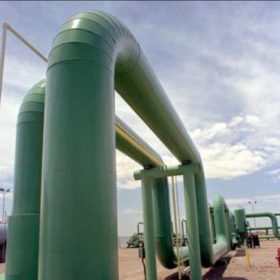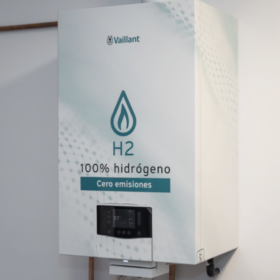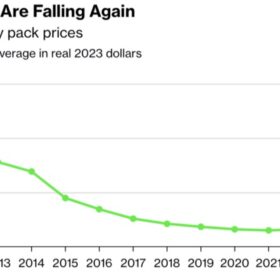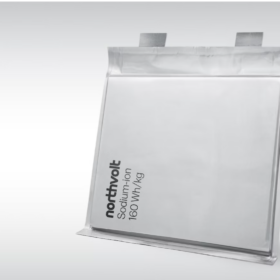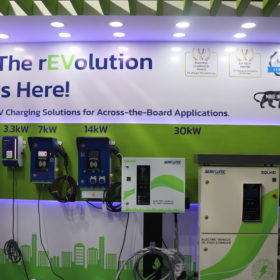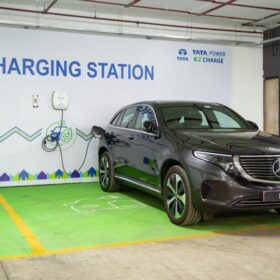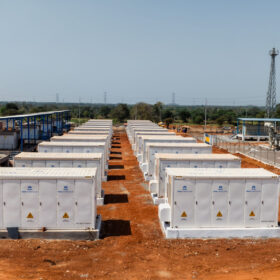Sadhana Nitro Chem to set up 20 MW green hydrogen plant for self consumption
Chemicals manufacturer Sadhana Nitro Chem plans a 15-20 MW green hydrogen facility for consumption by its current manufacturing facility and expansion of the para Aminophenol plant.
Spanish gas provider tests hydrogen-powered residential water heater tech
Madrileña Red de Gas is testing a heating system prototype developed by Germany company Vaillant that uses exclusively green hydrogen. The 25 kW system is equivalent in shape and size to a current natural gas heating system.
Battery prices down 14% this year, says BloombergNEF
BloombergNEF says it has recorded a 14% decline in battery prices this year, mainly due to cheaper raw materials, following an unprecedented rise in 2022.
Fostering solar adoption requires a holistic approach
While the benefits of solar adoption are evident, challenges persist. The irregularity of solar power and the lack of efficient storage technologies remain primary concerns. The upfront costs of solar installations, though decreasing, remain a barrier for many. Complex regulations and bureaucratic hurdles often deter individuals and businesses from embracing solar energy. Addressing these challenges demands a concentrated effort.
Jakson Green opens office in Dubai
Jakson Green has set up an office in Dubai as it looks to increase its presence in sustainable energy solutions across the Middle East and North Africa (MENA) region. The company said its Dubai office will help it foster closer collaborations with partners and clients in the region.
Waaree signs MoU with Israel’s 3DBattery to develop energy storage solutions
Waaree Technologies plans 5 GWh battery cell production capacity leveraging 3DBattery’s lithium-ion and sodium-ion battery technology.
Northvolt unveils 160 Wh/kg sodium-ion battery
Swedish battery maker Northvolt has developed its first sodium-ion battery in partnership with Uppsala University spinoff Altris. The cell has been validated for an energy density of more than 160 Wh/kg and is designed primarily for energy storage applications.
Israel to build energy communities in villages destroyed by Hamas
Israel’s Ministry of Energy and Infrastructure says it is currently developing a multi-year program for communities attacked by Hamas on Oct. 7. It aims to deploy 5 GW of energy in the destroyed areas, once residents return.
Servotech Power Systems wins 2,649 EV chargers order from BPCL
Servotech Power Systems will manufacture, supply, and install 2,649 AC EV chargers at BPCL petrol pumps in major Indian cities across India.
Tata Power surpasses 62,000 home EV chargers milestone
Tata Power’s installed home EV charger base now extends beyond 62,000 with 11,529 new deployments done in Q2 FY 2024.
